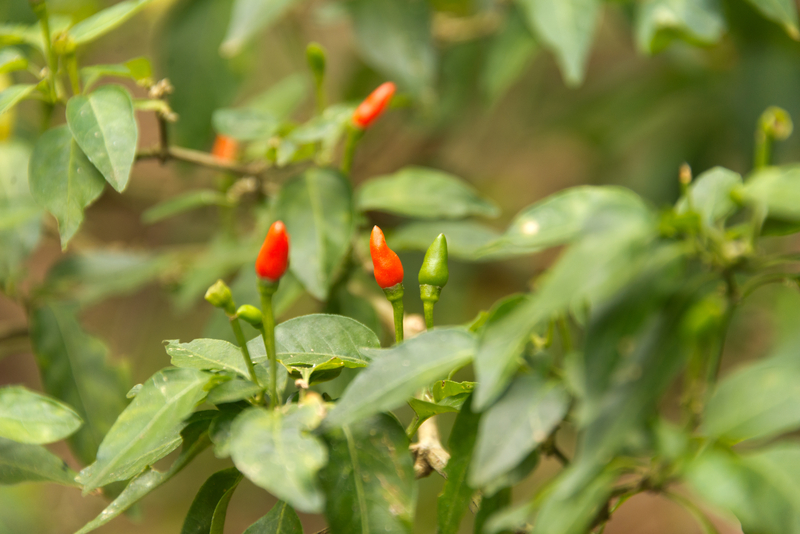Out of stock
Bird’s eye Chili Pepper Seeds
ON SALE.
The bird’s eye chili pepper, also known as Thai chili, is a small but fiery-hot pepper commonly used in Southeast Asian cuisine. The pepper is usually green or red and measures around 1-2 inches in length. Despite its small size, it packs a punch with a heat level ranging from 50,000 to 100,000 Scoville units. The pepper is often used to add spice and flavor to dishes such as curries, soups, and stir-fries. It is also used in sauces, marinades, and dips. The bird’s eye chili pepper is not only delicious but also contains several health benefits, including anti-inflammatory and pain-relieving properties.
- Start with good quality seeds: Buy fresh bird’s eye chili seeds from a reputable supplier. Older seeds may not germinate well, so it’s important to use fresh seeds.
- Prepare the soil: Bird’s eye chilies prefer well-drained soil that is rich in organic matter. Mix compost or well-rotted manure into the soil before planting. The soil pH should be between 6.0 and 7.0.
- Sow the seeds: Sow the seeds about 1/4 inch deep in seed-starting mix or directly in the soil, with a spacing of 3-4 inches apart. Cover the seeds with a thin layer of soil and water gently.
- Provide proper lighting and temperature: Bird’s eye chili seeds need plenty of light and warmth to germinate. Place the seed tray in a warm location with temperatures between 75-85°F (24-29°C) and keep the soil moist but not waterlogged. You can use a heat mat to provide extra warmth.
- Watering and Fertilizing: Water the seedlings regularly but do not overwater. Once the seedlings have developed two sets of true leaves, you can start fertilizing them with a balanced fertilizer every 2 weeks.
- Transplanting: Once the seedlings have grown to about 4-6 inches tall, they can be transplanted to a larger container or outdoors. Choose a location with plenty of sunlight and good drainage. Space the plants about 12-18 inches apart.
- Maintenance: Water the plants regularly, but avoid overwatering. Mulching around the base of the plants can help retain moisture and prevent weeds from growing. Prune the plants as needed to promote bushier growth and to remove any dead or diseased branches.
- Harvesting: Bird’s eye chilies will start to produce fruit after about 2-3 months. Harvest the chilies when they are ripe and fully colored. Use scissors or pruners to remove the fruit from the plant.
Good Neighbors:
Onion, geranium, tomato, carrot, and basil
Bad Neighbors:
Broccoli, cabbage, cauliflower, Brussel sprouts, and other brassicas
price / options
$4.99 $4.12
Out of stock

